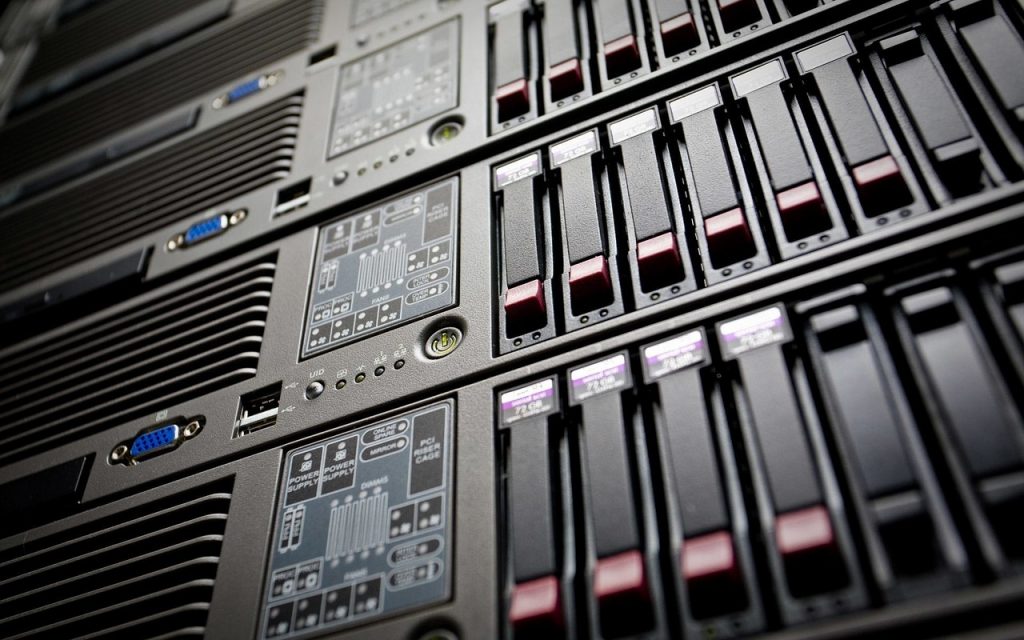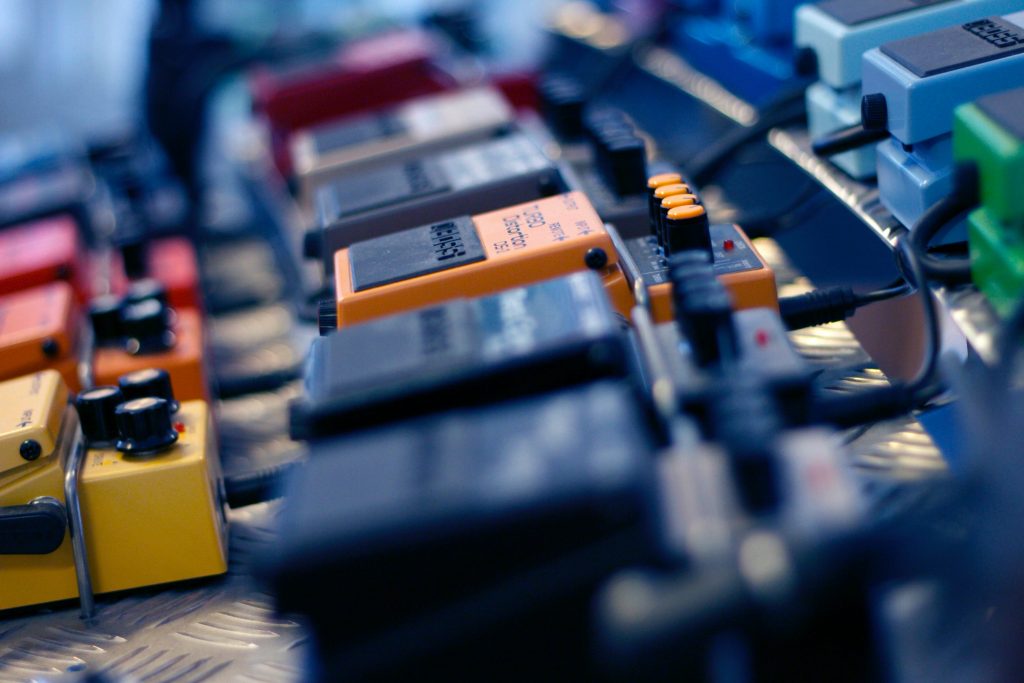
Tech Trends To Help You Save Money This Fall
Why not start the fall off with some of the latest gadgets that will help you save energy in your home? Many of these appliances come with remote controls or an app for your phone that will help you keep track of exactly what amount of electricity is being used in your home and when. Follow this guide to stay up to date on the latest technology trends.
Smart Thermostats
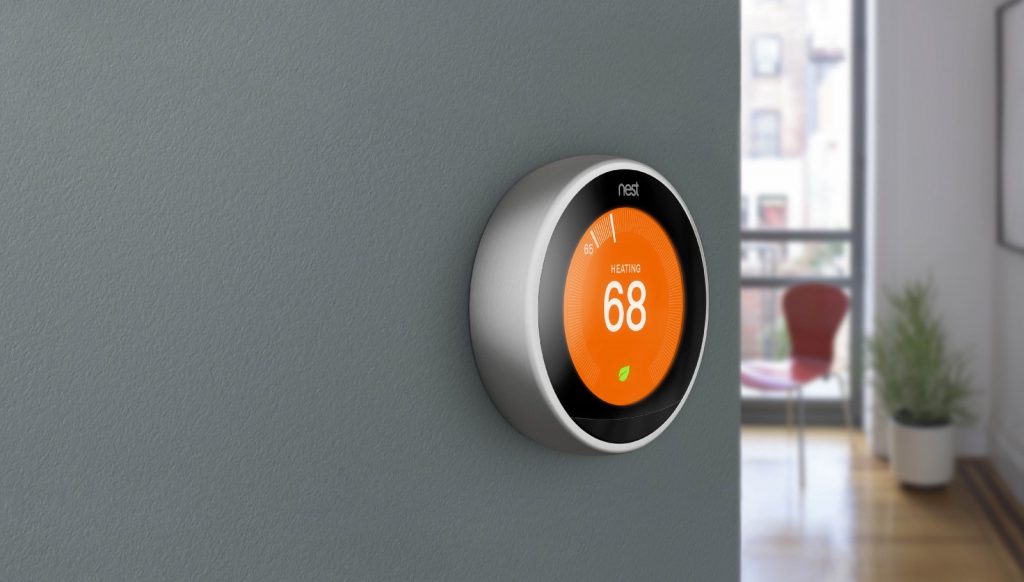
Smart thermostats are the next big thing for your home because they offer you complete control over your home’s central air which is good for the homeowner who wants to use the least amount of energy possible. They have tracking features that follow your heating and cooling patterns and they respond to your lifestyle in order to maximize efficiency and save you money. Smart thermostats can be programmed to run only when you’re actually at home and can often be connected to Wi-Fi and controlled remotely from your phone. Just remember if you are going to purchase a smart thermostat then investing in a home warranty plan can help you to safeguard the systems and appliances in your home. Home warranty plans are surprisingly affordable nowadays and can be purchased in most states, so if you live in Missouri you can find plenty of helpful home warranty resources on the First American website here: https://homewarranty.firstam.com/homeowner/home-warranty/missouri
Tankless Water Heaters
Water heating accounts for a significant amount of your total heating costs so why not upgrade your heating tank to the most efficient technology possible? The newest environmentally friendly trend is a tankless water heater that takes up only a small amount of space because there is no storage tank. Some units only turn on when your use your faucets which could save you hundreds of dollars a year.
The benefits of new water heaters outweigh the initial cost because installing one could help you qualify for rebates for energy efficient homes and using one will drastically reduce your energy bill because you’ll be using less energy to heat water. There are lots of options, so be sure to do your research into the best tankless water heater reviews to see which unit will be the best fit for your home.
Energy Saving Power Strip
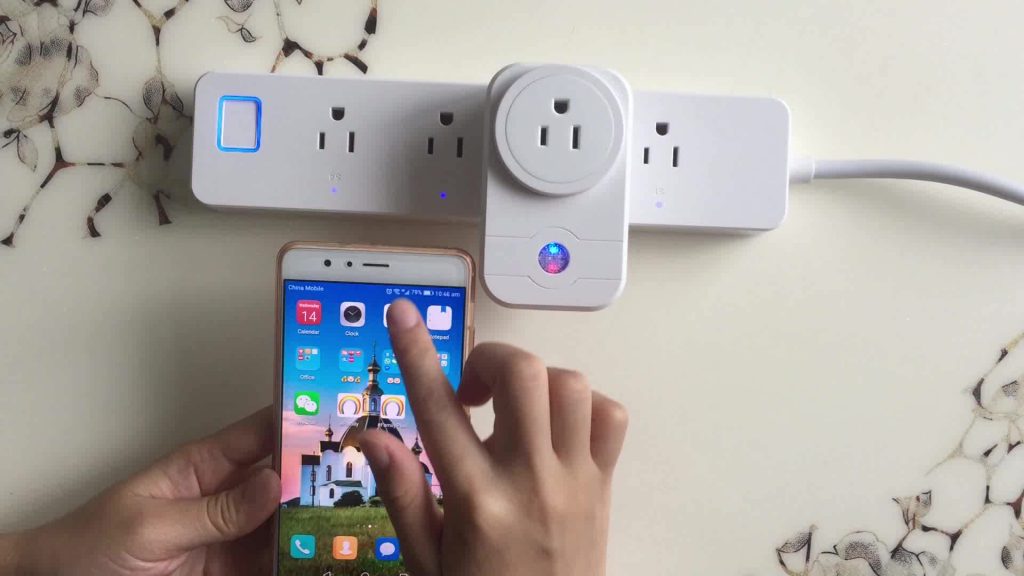
Did you know that your phone charger still uses power even when your phone isn’t plugged into it? Smart power strips are beneficial to any home because they eliminate wasted energy by ensuring that your appliances aren’t running while you’re not at home and they help reduce cord clutter around outlets. Many of the newer models can be controlled by a remote or by an application on your phone so there is no need to waste any more energy when you leave appliances plugged in.
Smart Lighting Solutions Make Life Easier
Turning the lights off when you leave a room can save you a lot of money on your energy bill but it’s easy to forget to do. Many people are switching to responsive lightbulbs that are activated by motion sensors so their lights will only turn on once you’re in the room. Others are using smart LED bulbs that are designed to respond to an app on your phone that allows you to control the lights all over your house by timing them and dimming them to suit your mood. You can even get lights that change colours.
Fall is a great time to update the gear in your home. Not only will these gadgets help you reduce the amount of energy used in your home in order to save you money, they’ll help you show your friends that you’re on top of your game.







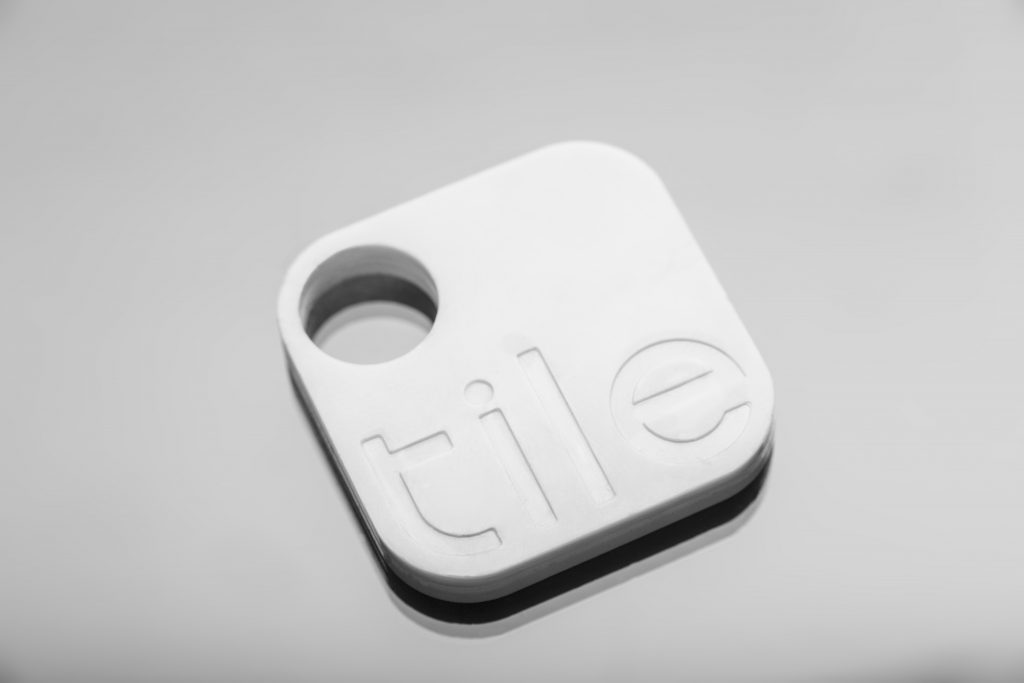


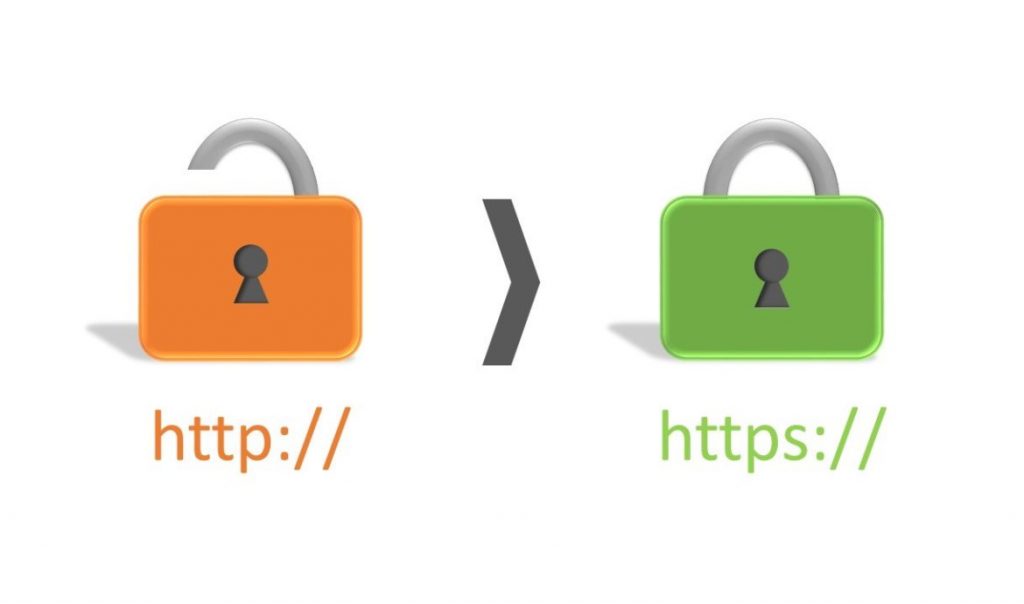





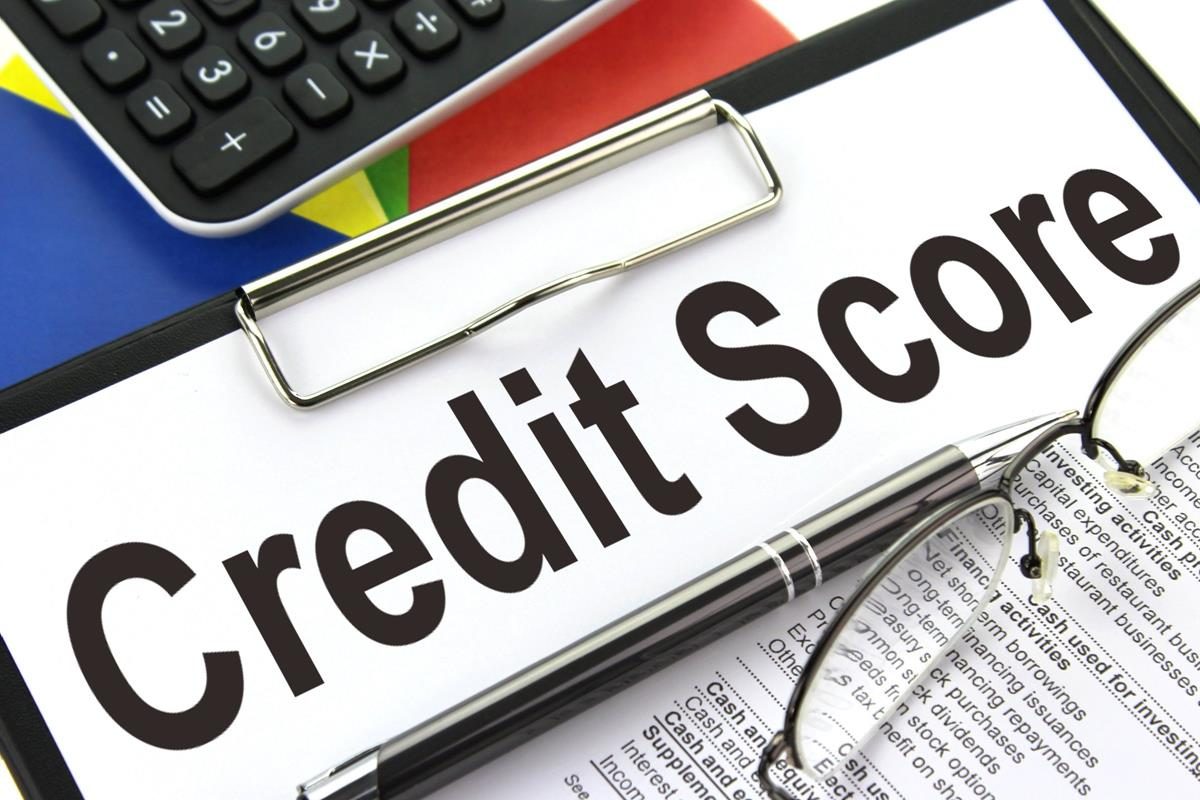

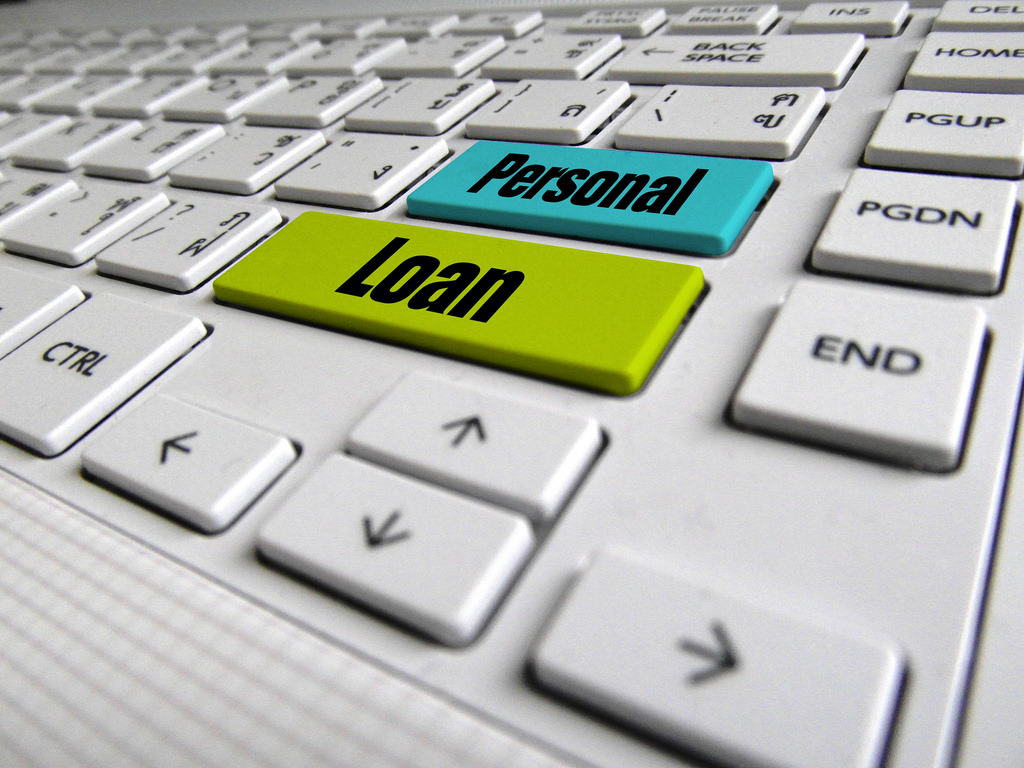

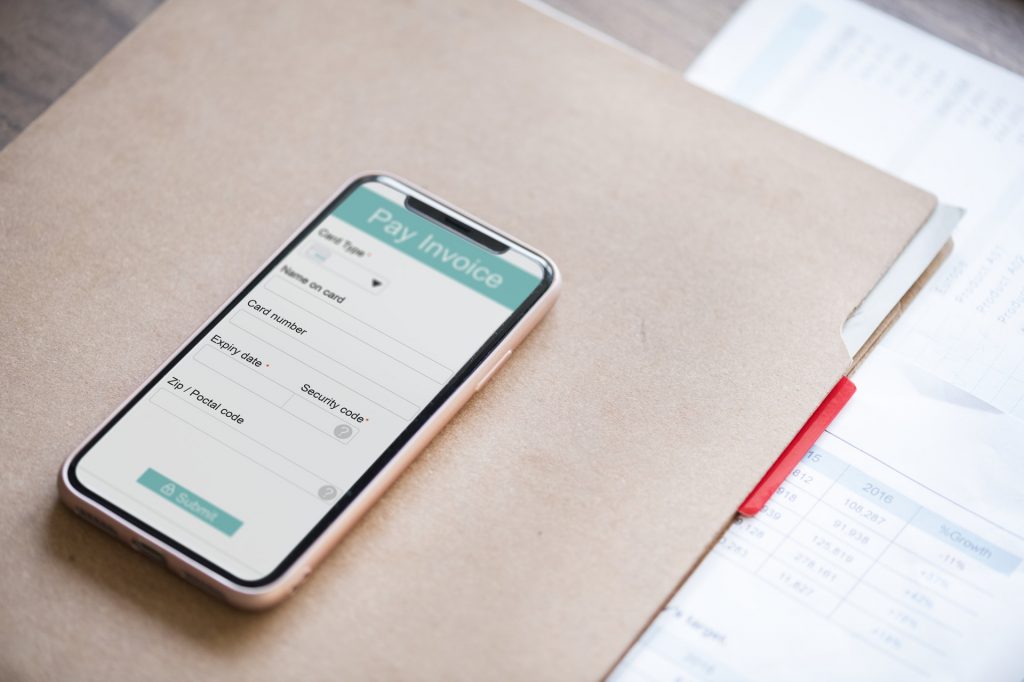


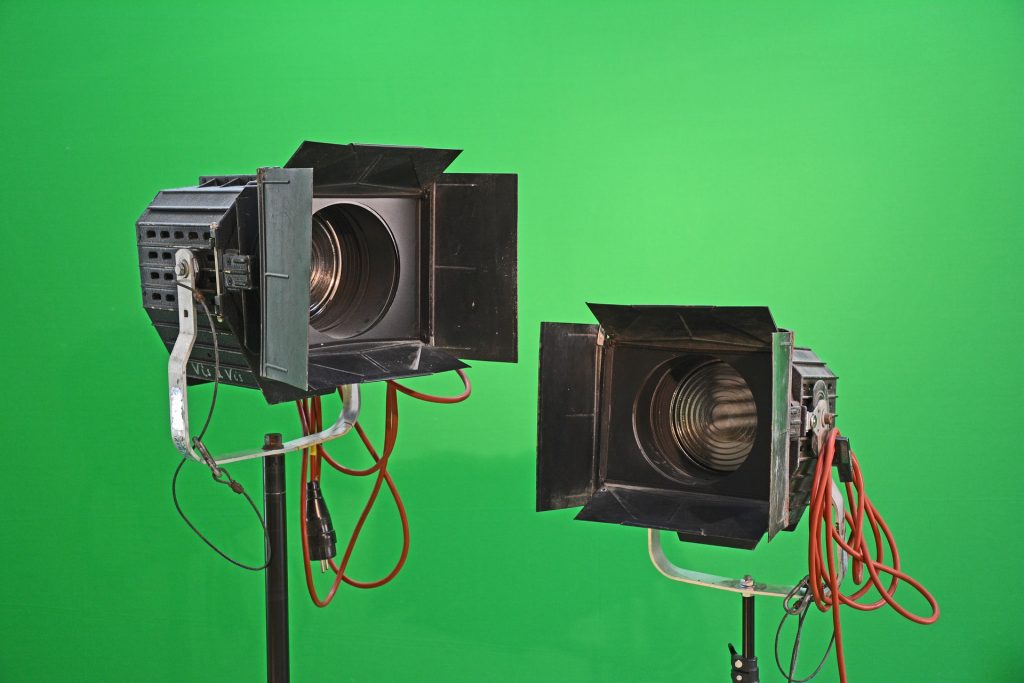



 Are you facing huge competition in the market? Is it difficult to retain your existing customers and maintain their loyalty to your brand? That’s where you should use retention videos. Retention videos are indeed essential to engage your existing customers, connect with them and maintain their interest in your business. You can use a platform such as TikTok to create concise and compelling content for your followers, that will capture and hold the viewers attention. It’s worth taking a look at this
Are you facing huge competition in the market? Is it difficult to retain your existing customers and maintain their loyalty to your brand? That’s where you should use retention videos. Retention videos are indeed essential to engage your existing customers, connect with them and maintain their interest in your business. You can use a platform such as TikTok to create concise and compelling content for your followers, that will capture and hold the viewers attention. It’s worth taking a look at this 



